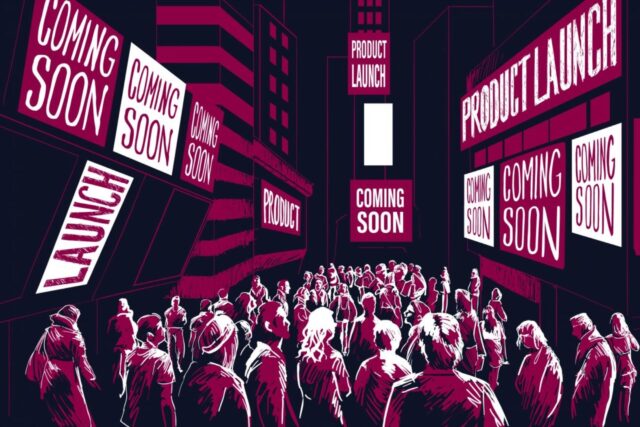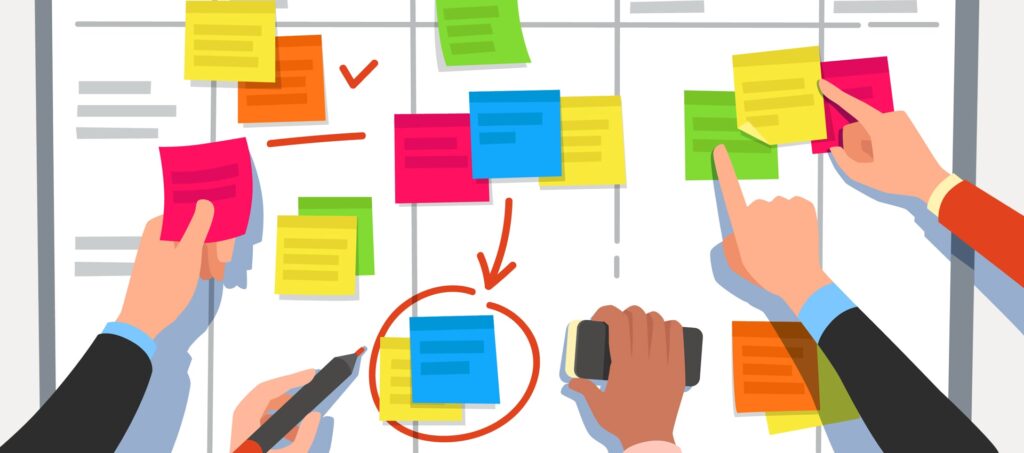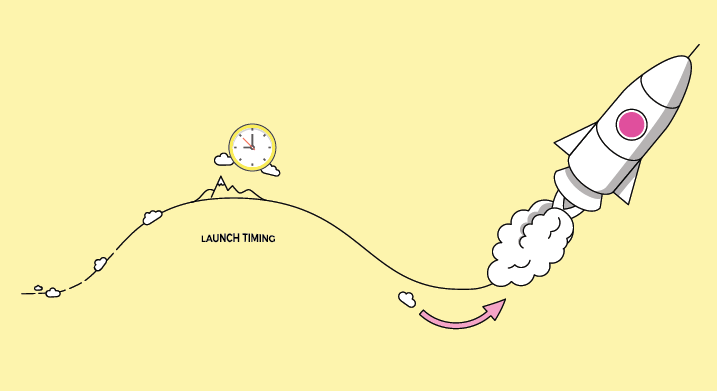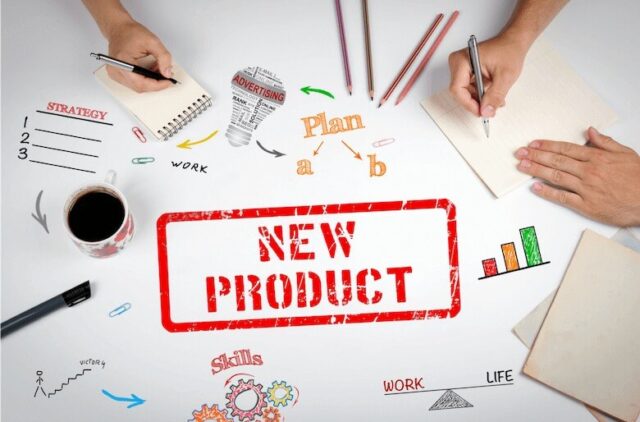
It’s a competitive world out there. New products are launched all the time but only a few of them succeed. Failures are not the end of the world since you can learn from them and improve. However, too many failures can hurt businesses badly.
That’s why every new product launch must be planned carefully. Everyone one involved should leave no stone unturned in trying to make the product as lucrative as possible. Below are some of the vital considerations when launching a new product:
Market Analysis

You need to understand the current state of the market. Before selling a product, you should check your competitors to see what their products are like. You must keep up or even exceed their offerings.
You should see to it that the cost of making the product is much lower than the unit price to earn decent profits. You must evaluate your own production capabilities and upgrade as necessary. You should look for gaps in the market and address customer needs.
Market Strategy

Once you have a clearer picture of what you need to do, you can begin to develop strategies for how to achieve them. Write down your assumptions and their basis. Specify your requirements to reach your goals. Be as detailed as possible so that you can move with purpose in the right direction. If you ever reach a point where you need to make a difficult decision, then use this strategic planning document to come up with a sensible choice.
Product Roadmap

Products are not static. They will need to evolve in response to market forces. They must improve over the years to keep consumers interested. Even before launching a new product, you should have an idea of what the next iterations are likely to be and when you will be launching those.
Create a reasonable timeline and break each segment down into phases. Write down the deliverables for each phase. Turn this high-level plan into a diagram to make it easier to follow for all stakeholders.
Design Discovery

Bad design can ruin an otherwise brilliant concept. Designers must ground their choices on what the end-users need and want. It’s not just about looking cool which is highly subjective. They have to listen to the consumers and study design trends. It’s best to adhere to proven visual guidelines and usability rules. There is certainly freedom to innovate as long as the changes are well-tested with high approval from the target segment.
Best Practices

No business can afford too many delays and mistakes in product development. While they are stumbling, their competitors will be reigning in the market with new and impressive offerings. Manufacturers should leverage widely known best practices to reduce time to market without sacrificing quality.
For example, they might employ automation in both manufacturing and testing. They could implement iterative development processes. It all depends on what works for their particular type of product.
Project Management

technologyadvice.com
Project managers will be responsible for much of the success or failure of the product launch. They have to guide the entire team with a firm hand every step of the way. For example, they must set up a reasonable timeline that allows everyone to complete their tasks before moving to the next phase.
Managers should facilitate communications between different departments so that they can all be on the same page. With intelligent management, the project can run efficiently while finishing within the deadline and within the original budget.
Funding and Allocation

Funding is always a big issue. Nothing will move unless there are ample resources to acquire the necessary materials and equipment. No one will work unless there is ample money to pay the employees. Some companies will be able to use their profits to reinvest in new products.
Others will need to borrow from lenders or persuade investors to take a chance on their next big idea. This is particularly vital for startups that are yet to generate sufficient revenues. Once secured, the business should allocate the limited resources equitably and release the funds in a timely manner.
Launch Timing

If the market research was done properly, then the business should have a good idea about the best time to launch their new product. They should work hard to meet this goal. If they end up getting there too late, then they might lose significant market share to their agile competitors. Unexpected issues can cause delays.
They have to be able to solve these quickly to minimize adverse effects. They should also stick to their goals and avoid frequent changes. They should strengthen coordination between various departments so that everyone can work in synchrony.
Performance Testing

A new product must not only be attractive, it should also perform as well as it looks. Do not launch a product prematurely. Test it in different ways to look for bugs and other opportunities for improvement. Solve performance issues and test it again to make sure that things have gotten better. This will lead to better reviews and higher customer satisfaction. It will reduce the number of returns and replacements while ensuring a good future for the product line.
Product Availability
Study the likely number of units that you can sell. Make sure that there will be enough units on sale to meet the customer demand. Position these where people can find them right away. Find distributors that can help you reach your target audience. See to it that your suppliers can provide more parts and materials in case the demand picks up.
Maintenance and Repairs
If your product is meant to last for a considerable period, then you will need to build a support system that can help your customers with maintenance and repairs. Honor the warranty and listen to customer feedback. Note the most common issues encountered. Fix these in the next manufacturing cycles or in the next product iteration.
Product Insurance
Lastly, the business should consider getting the right insurance policy. Product liability insurance can provide vital financial protection for the company in case of suits. Customers may file these due to product defect or malfunction that results in property damage or bodily injuries.
This type of coverage is good for both the sellers and the manufacturers. Aside from paying for compensation, the insurance can also cover legal fees and other court costs. This article explains more about product liability insurance for your business.













